Explore by sector
There are opportunities for action in many different areas and industries in the South Coast region.
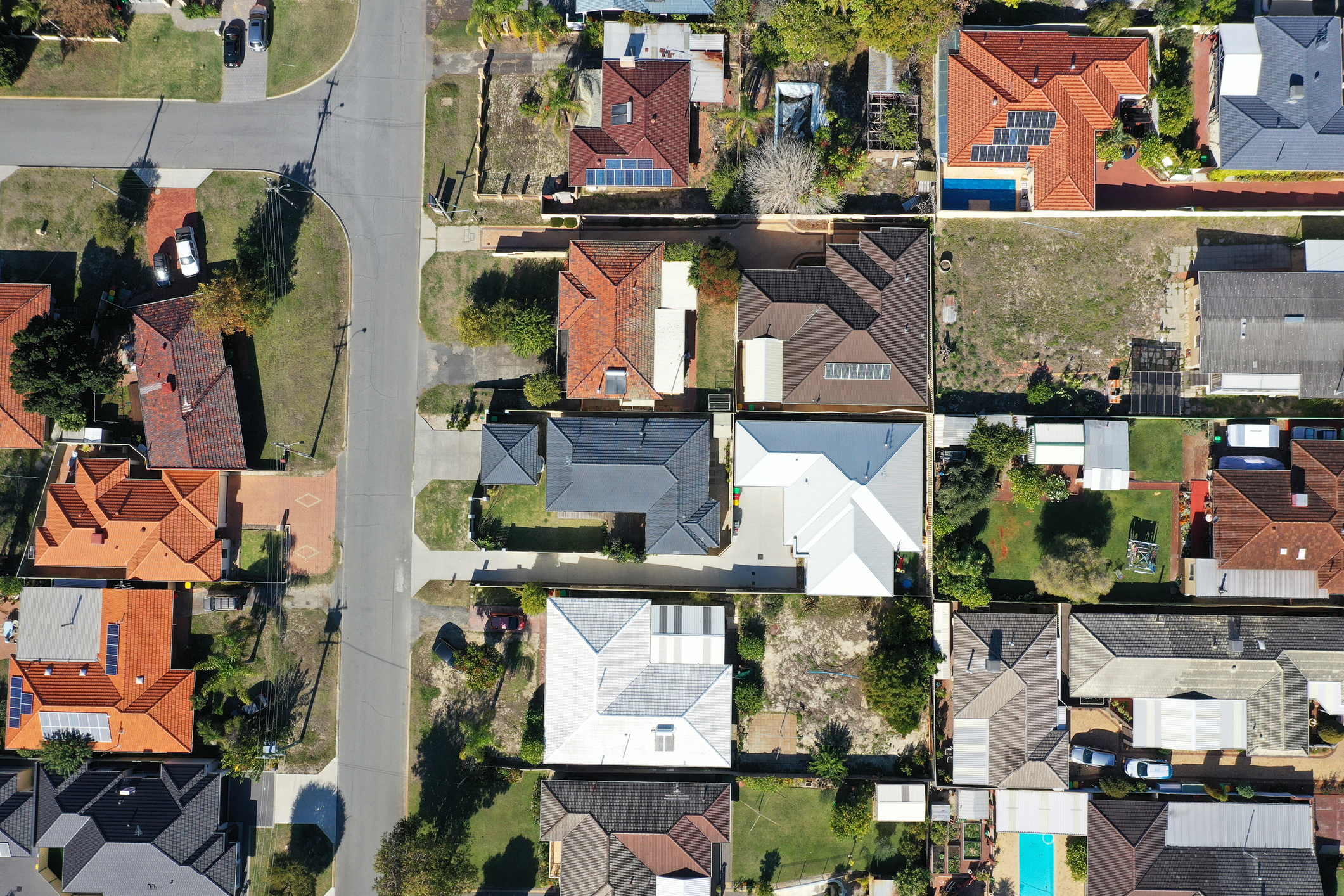
Households

Small Business
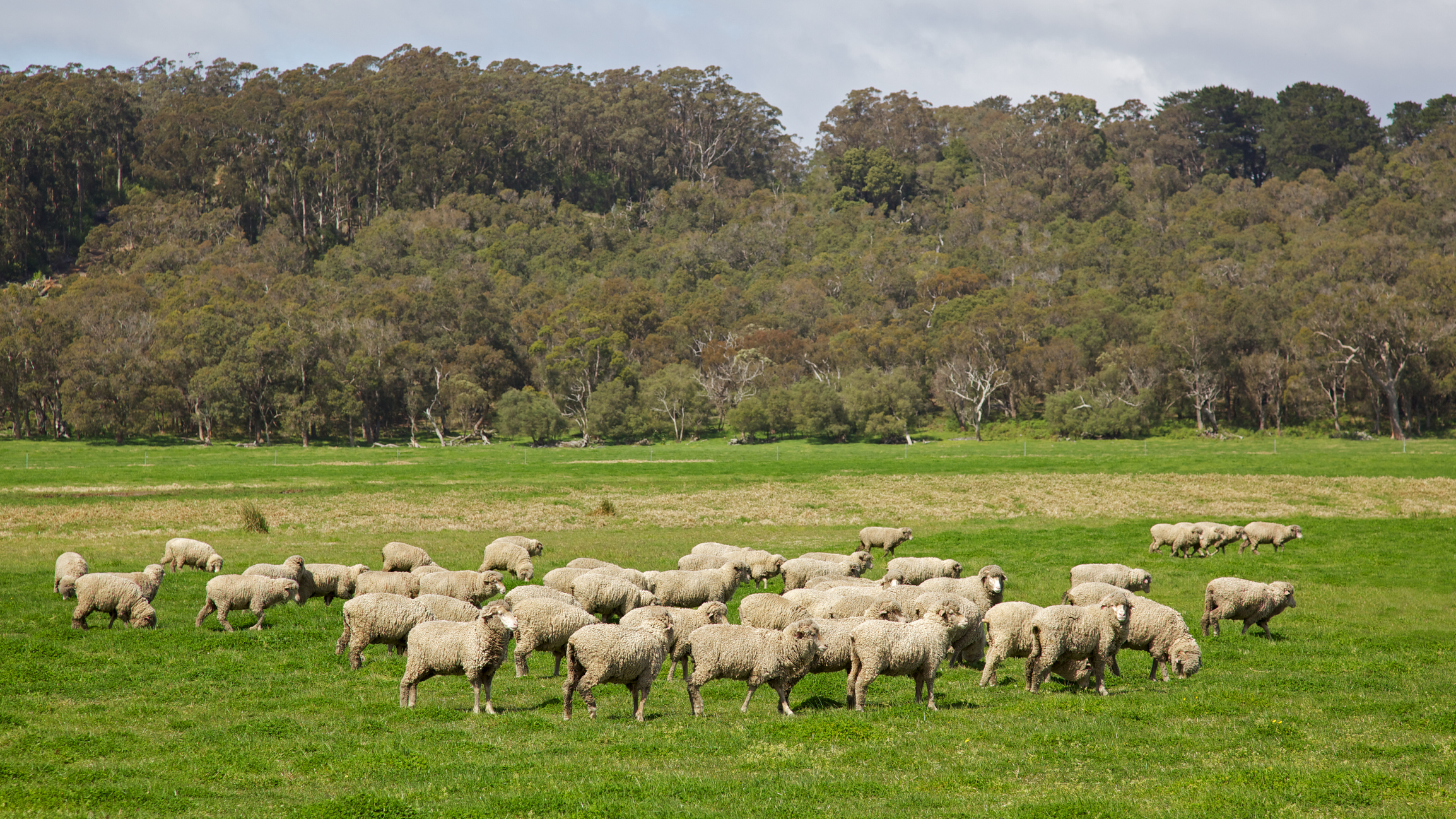
Agriculture
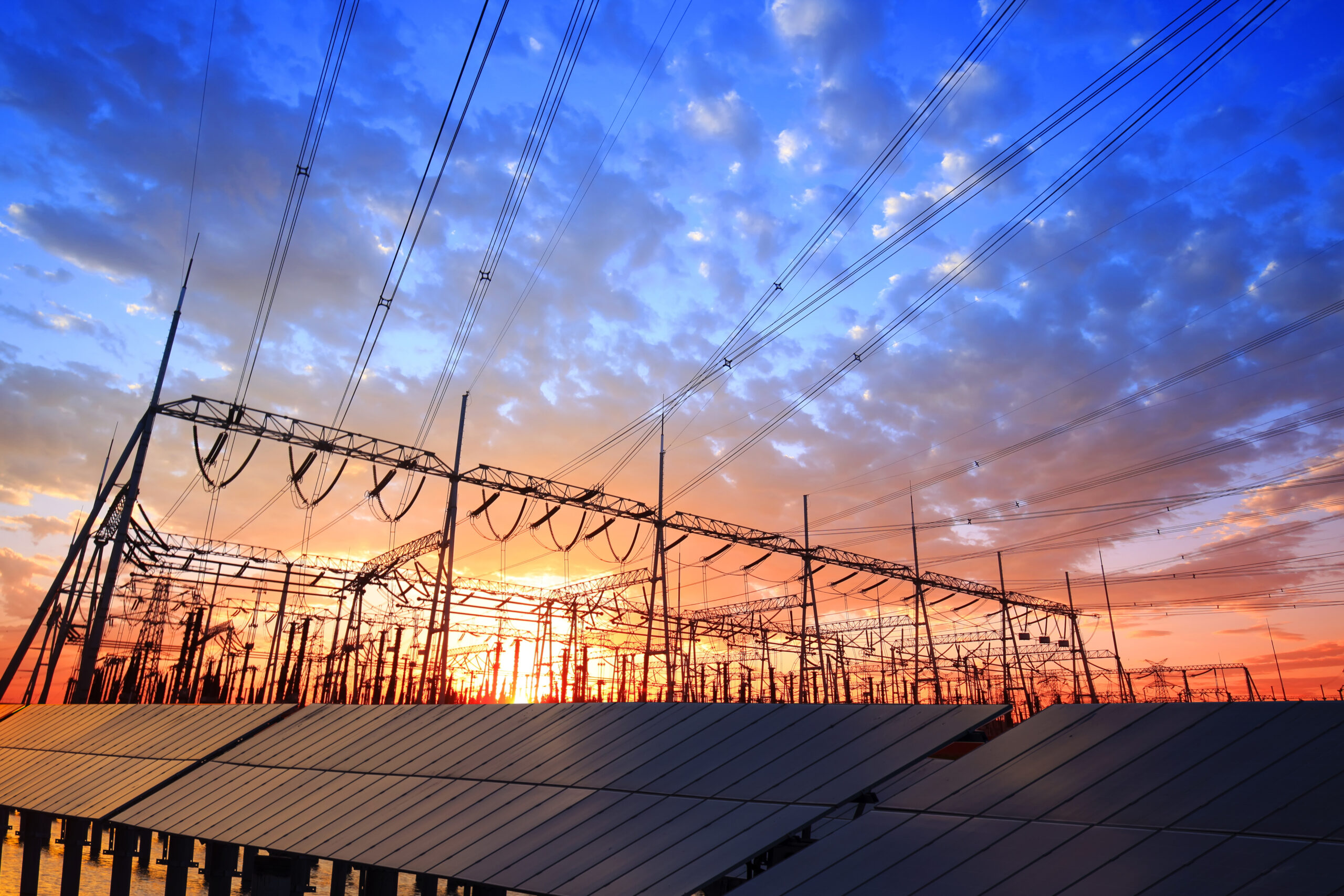
Industry & Grid
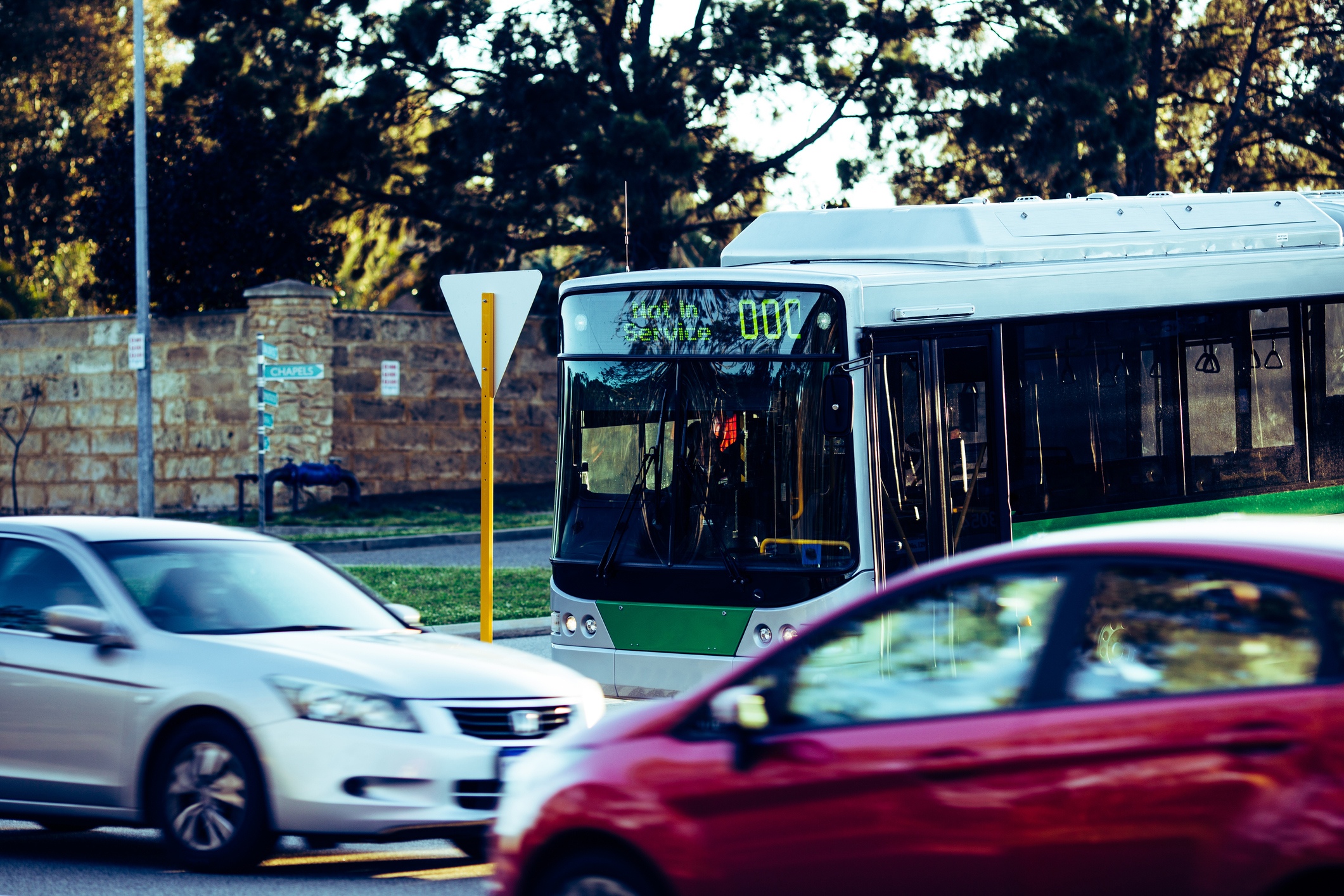
Transport
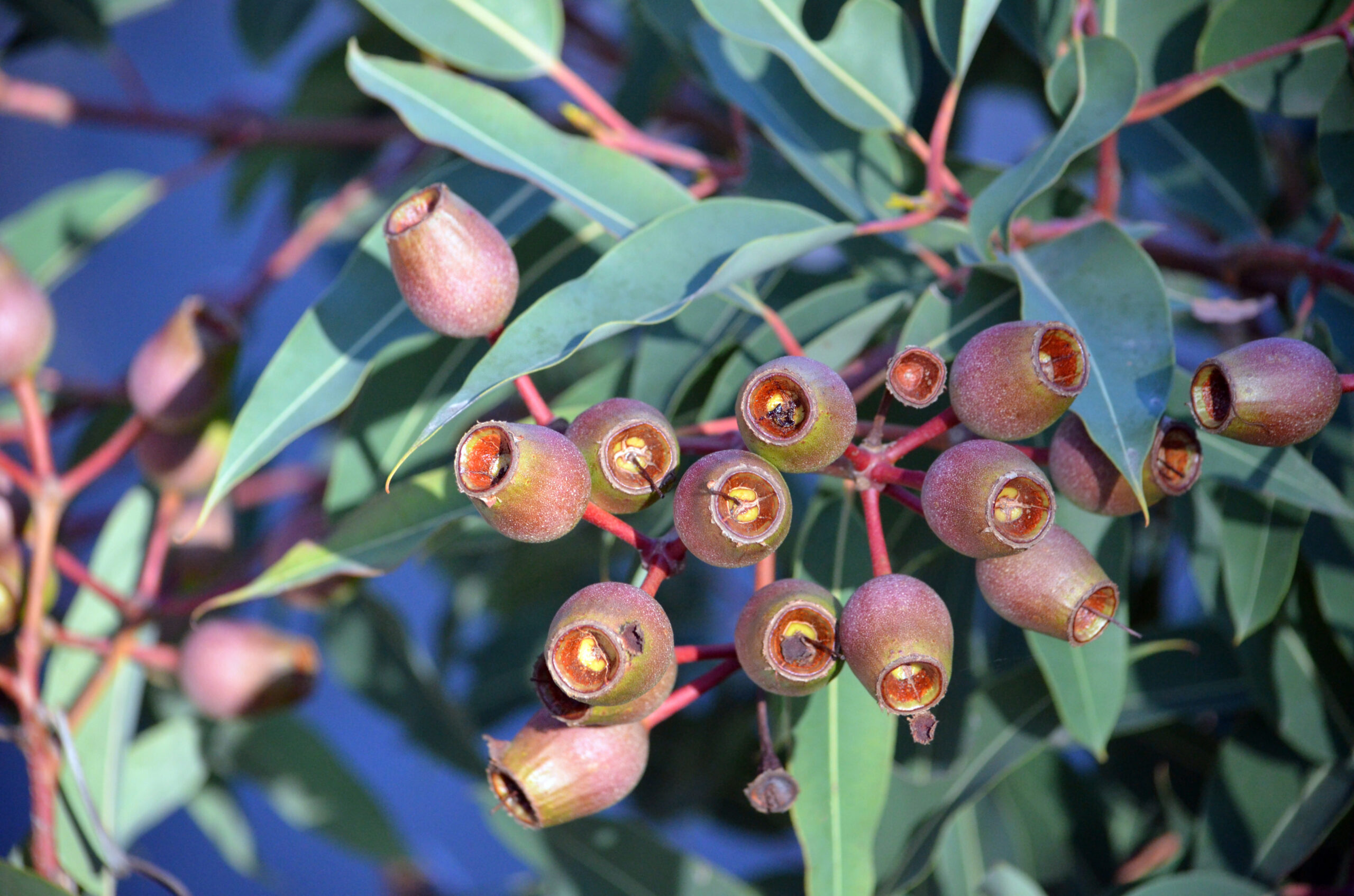
Land Use & Ecosystems
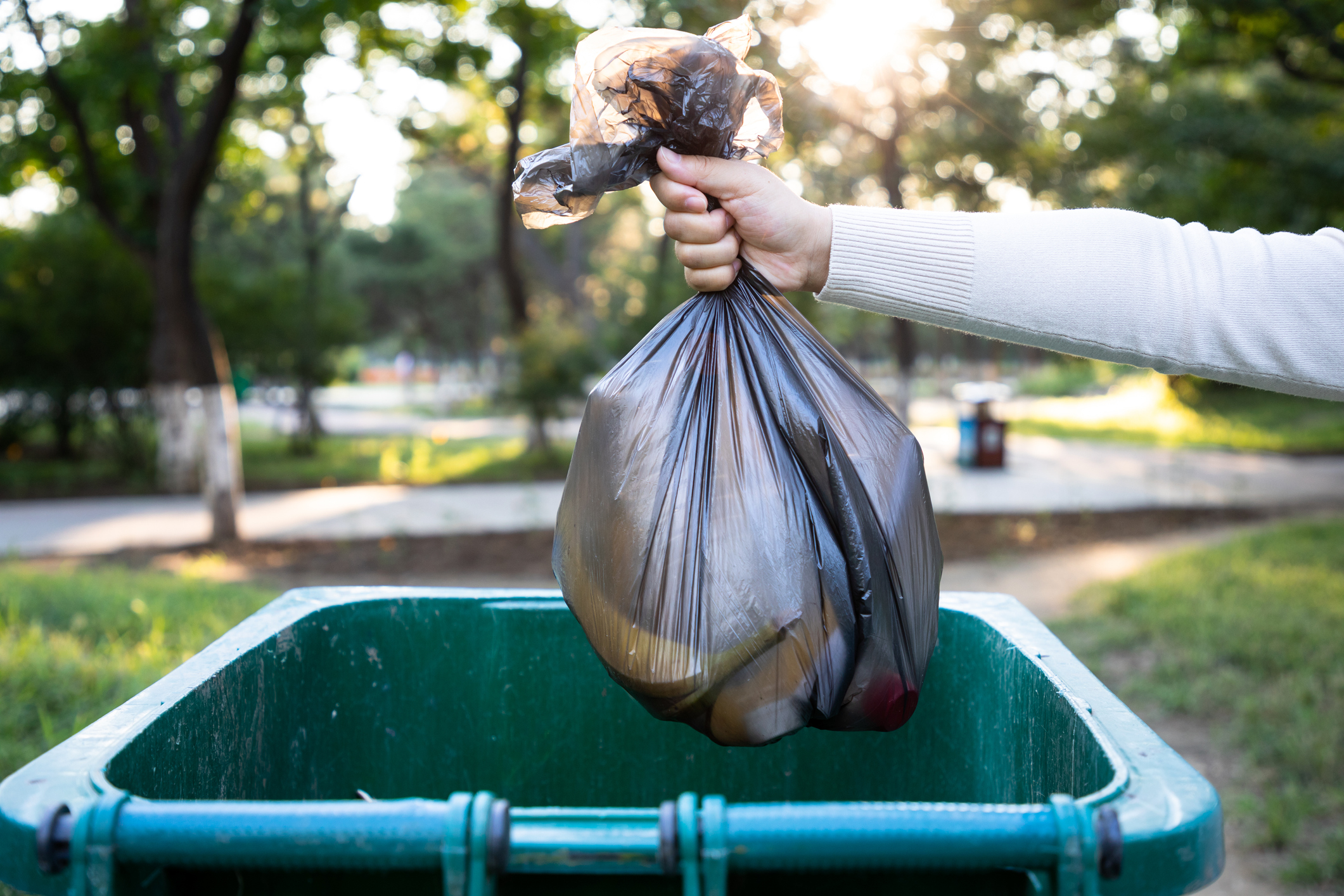
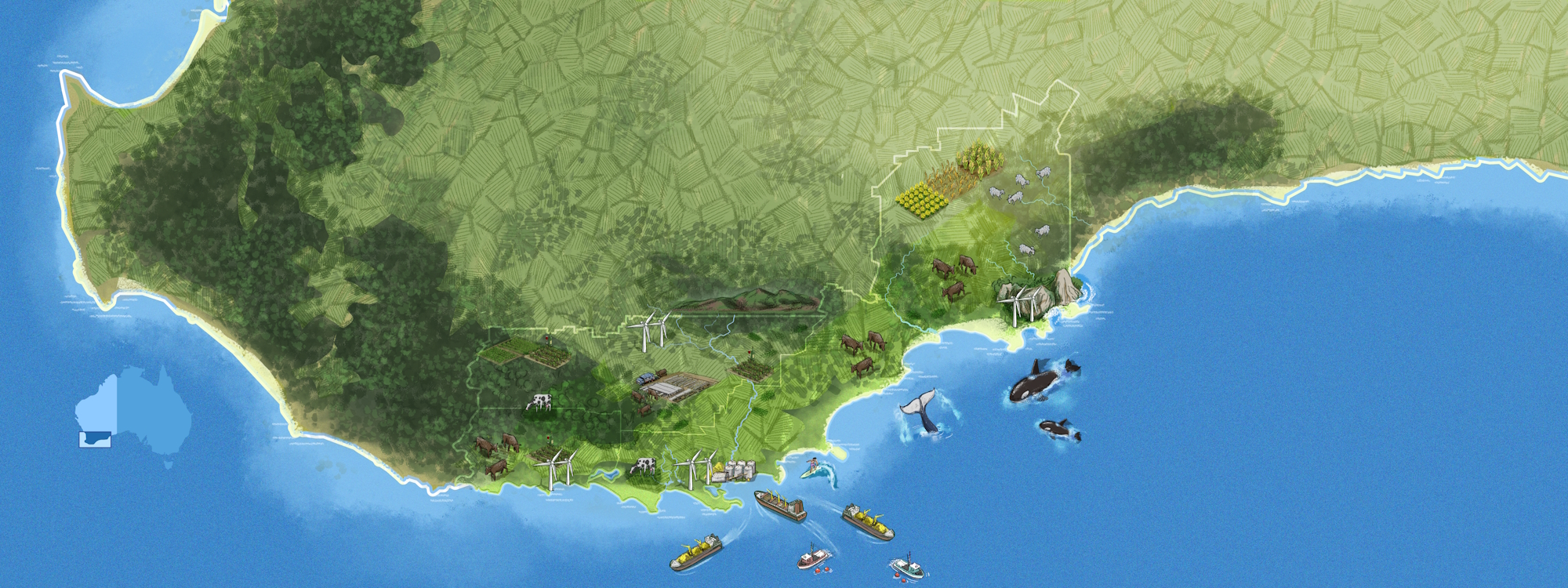
More than a website, the South Coast Climate Dashboard is your dynamic platform for informed decisions and meaningful collaboration. Initiated by the South Coast Alliance, this resource is a commitment to sharing vital climate information, building momentum for collective action, and showcasing how individual choices can create a positive impact.
Use the tabs to explore changes to the South Coast climate at a regional level, or scroll down to learn about actions you can take.
Australia’s changing climate presents a risk to everyone. Changes to the climate in the Great Southern region will impact extremes in temperature, frequency of hot days, and the frequency and volume of rainfall.
This will lead to changes in the way that we grow food and other commodities, and will mean we need to give careful consideration to the ways in which we design and use our homes, businesses and green spaces.
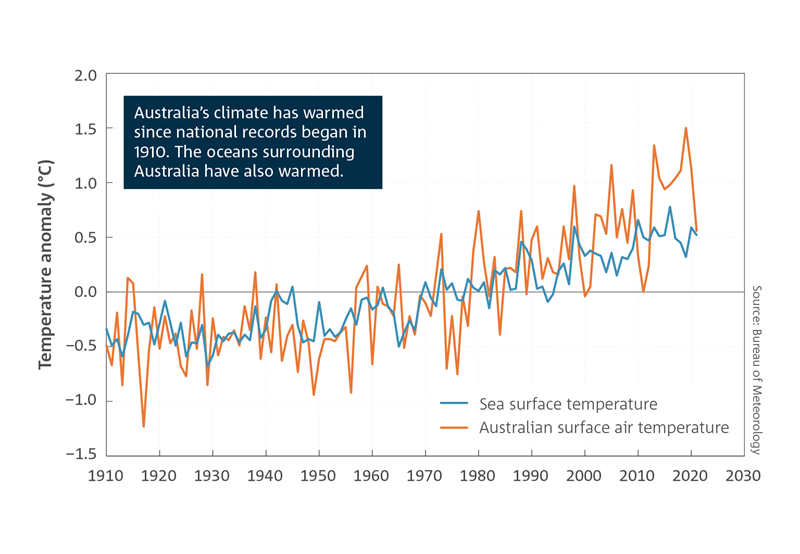
The region has already experienced inceasing temperatures, shifting rainfall patterns and sea level rise. These changes will continue, but the extent of the change can be influenced by the decisions we make now.
Mean surface termperatures have increased by 1.1°C in the region since national records began in 1910. Models show a very high confidence that these increases will continue. The frequency of hot days and duration of warm spells are also projected to incease. Under a scenario where very limited actions are taken to reduce emissions, temperatures are expected to rise by up to 4°C.
The chart below shows the average increase in temperature across the Southern Australian Super Cluster region, compared to the “pre-industrial” period of 1850 – 1900.
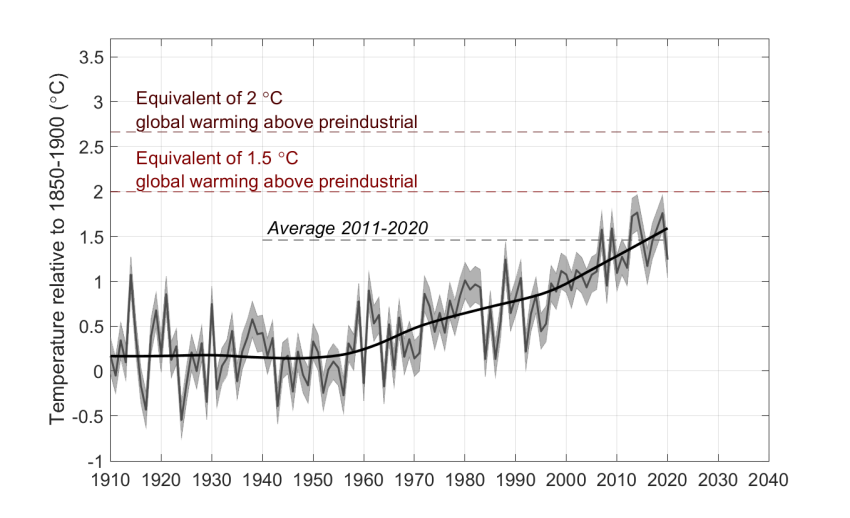
You can read more about these changes on CSIRO’s Climate Change in Australia website.
There has been a prolonged period of extensive drying from the 1970’s in this region, particularily in autumn and early winter. Decreases in annual, winter and spring rainfall are projected with high confidence.
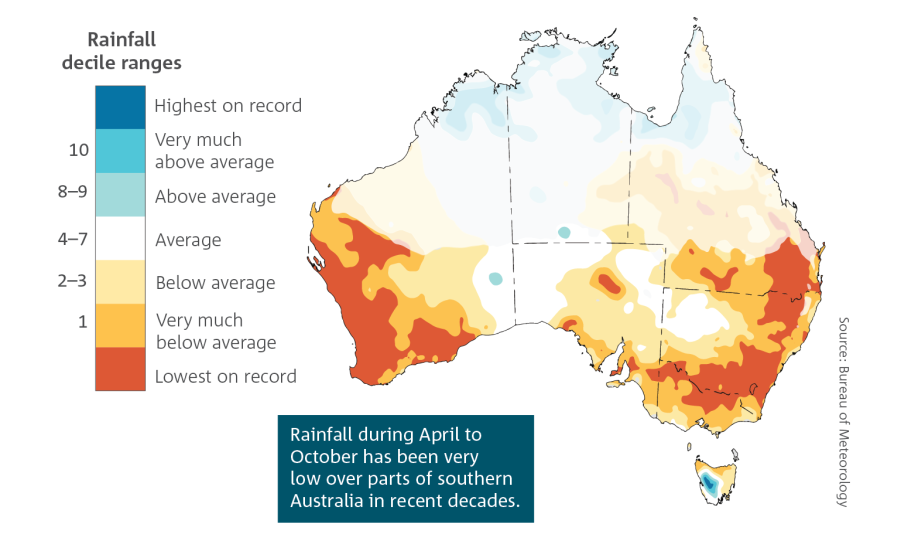
Although changes to rainfall will vary across regions, the time spent in meterological drought is projected to increase across the region.
The Bureau of Meteorology and CSIRO, Climate Change in Australia website, provides models, charts and data showing how the climate is changing across the country. In 2015 they published a comprehensive set of projections for the Southern and South-Western Flatlands [pdf], which covers the South Coast region.
The Bureau of Meterology also collects information about long-range changes to our climate.
These two organisations have worked together to produce My Climate View. This tool is primarily aimed at farmers and agriculturalists, but contains useful and easy to understand data about general climate trends, some of which is used throughout this site.
For the 2021/2022 year, emissions from energy use and agricultural practices made up most of the emissions in the South Coast region, as measured in “tonnes of CO₂ equivalent” gases (t CO₂e).
For more information on these categories, and the methodology behind this chart, see www.snapshotclimate.com.au
Reducing emissions is not the responsibility of a single sector or organisation. We all have our part to play.
Carbon Emissions for the South Coast Region for 2021/22
Total emissions in the South Coast Region (1,369,000 t CO₂e 21/22), divided into emissions source. Hover your cursor over the donut to see what makes up the region’s emissions profile. Source: snapshotclimate.com.au
Under a Business as Usual scenario, emissions in the South Coast region are projected to grow to a peak of over 1,500,000 t CO₂e by 2036, an increase of around 12%.
Projected Carbon Emissions for the South Coast Region
The projection of emissions from 2022 to 2050 for the South Coast region, under a Business as Usual scenario, separated by source. Hover your cursor over the bars to see what is projected to make up the emissions profile by sector each year. Source: South Coast Alliance Regional Net Zero Plan – Ironbark Sustainability 2022
If all the actions described on this site were implemented, the South Coast region would be on track to reduce emissions over 60%.
Projected Emissions for Business as Usual vs Taking Action for the South Coast
Two possible scenarios for emissions for the region from 2022 to 2050. The red line indicates the projected emissions if the community were to continue Business as Usual. The white line shows the potential reduction in emissions if all actions on this website are implemented.
Source: South Coast Alliance Regional Net Zero Plan – Ironbark Sustainability 2022
There are opportunities for action in many different areas and industries in the South Coast region.







All actions on this site are drawn from the South Coast Alliance Regional Roadmap to Net-Zero Emissions. The actions are classified according to how great of an impact they have, how difficult they are to achieve for a member of the community, and whether they are actions that can be taken now, or in the near future.
There’s a lot of work still to be done, but every day across the region people are working hard to make a better, more sustainable and more prosperous South Coast region. Read about them here.